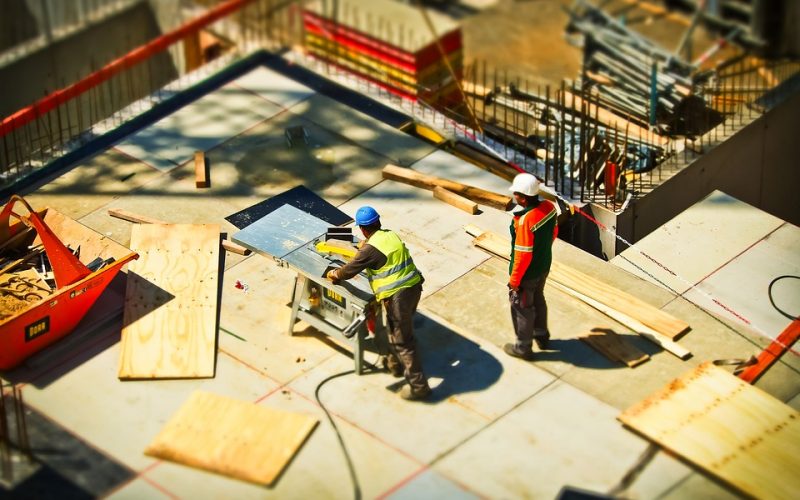Revolutionising Building Construction
Concrete has stood as a pillar in the world of construction for countless decades. This versatile material has dramatically changed the skyline of our cities and the way we think about building structures.
The origins of concrete
Concrete's history dates back to the Roman Empire when it was discovered that volcanic ash could bind with lime to form a hard, durable substance. This early concrete, termed 'Roman concrete', was used to build enduring structures such as the Pantheon and the Colosseum that still stand today as testaments to its longevity. However, it was only in the 18th century that concrete began to resemble the material we are familiar with today. With the advent of portland cement in the 19th century—created by burning limestone and clay—the modern age of concrete construction truly began.
The rise of reinforced concrete
The next significant innovation came in the form of reinforced concrete. In the mid-1800s, builders started experimenting with iron reinforcement, and by the late 19th century, steel-reinforced concrete became a ground breaking technique. The addition of steel provided tensile strength, which allowed for the construction of longer beams and taller buildings without compromising stability. This innovation paved the way for modern architecture and engineering, including skyscrapers and expansive bridges that were previously unimaginable.
Changing the building landscape
Concrete revolutionised the way buildings were constructed by offering unparalleled versatility, strength, and durability. Architects and engineers had a newfound freedom to innovate with the shapes and sizes of buildings. No longer confined by the limitations of materials like wood, brick or stone, the introduction of concrete in construction meant that more ambitious, complex and diverse designs could be brought to life. Entire cities were reshaped with concrete, allowing for the dense, high-rise urban jungles that characterise many of the world's metropolises today.
Impact on global infrastructure
The implications of concrete's innovations extend beyond aesthetics and into essential infrastructure. Concrete's ability to withstand natural elements and wear over time made it the ideal choice for critical structures such as dams, roads, and sewer systems. These projects demand longevity and resilience, and concrete's composition can be tailored to meet these specific demands. The creation of colossal dams like the Hoover Dam or vast highway networks have all been made possible thanks to concrete's adaptability.
Advancements in sustainability
While the durability and strength of concrete have never been in question, its environmental impact has become a point of contention. Recognising this, recent innovations in concrete composition aim towards sustainability. Researchers have developed types of concrete that reduce carbon dioxide emissions during production, recycle materials such as fly ash or slag, and even incorporate living organisms that can heal cracks in concrete. These advancements are crafting a new narrative for concrete, merging the old with new, sustainable approaches.
Concrete's ongoing evolution
Even today, concrete continues to evolve and hold its place as a vital material in the construction industry. Innovations such as ultra-high-performance concrete (UHPC), which offers even greater strength and durability, promise a future where the possibilities of constructing with concrete are boundless. Techniques such as 3D printing with concrete are harnessing technology to push the boundaries of architectural design and efficiency.
Concrete's role in revolutionising building construction can hardly be overstated. From the Colosseum to contemporary skyscrapers, concrete has proved to be adaptable and resilient, standing the test of time. As construction technologies advance and sustainability becomes a priority, concrete innovation will continue to play a pivotal role in shaping our built environment.























